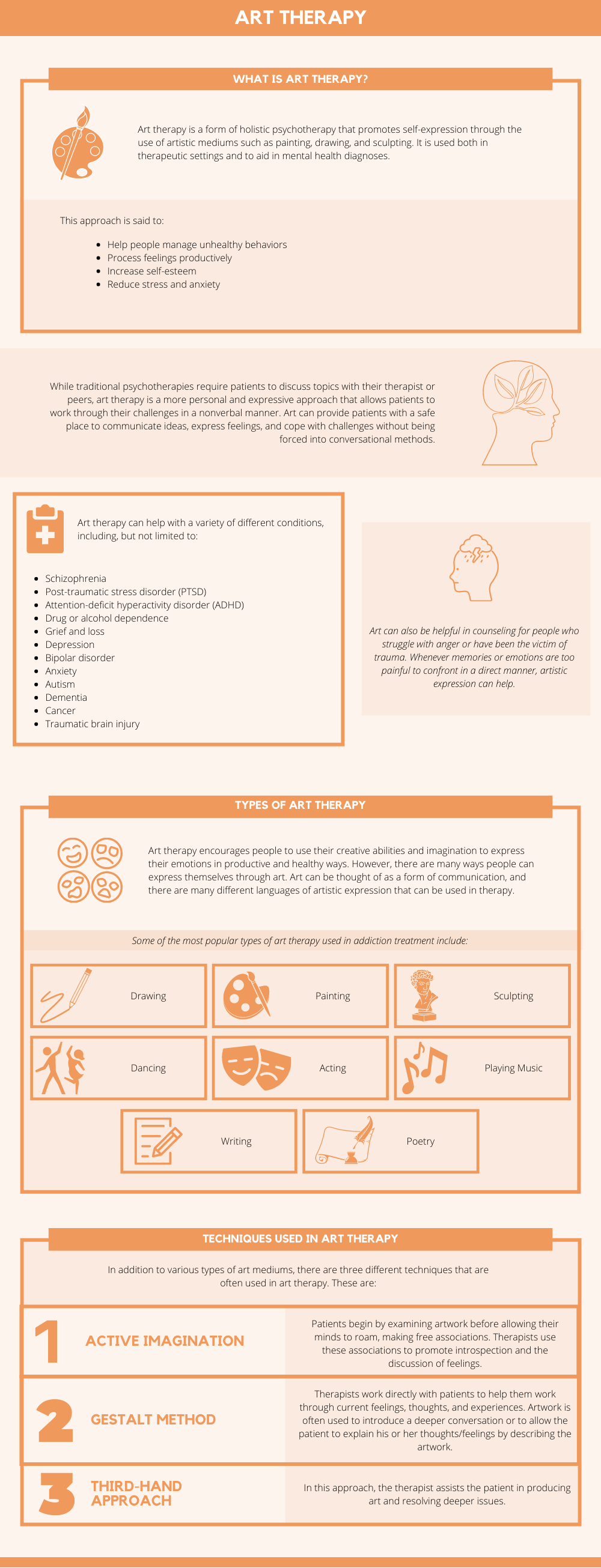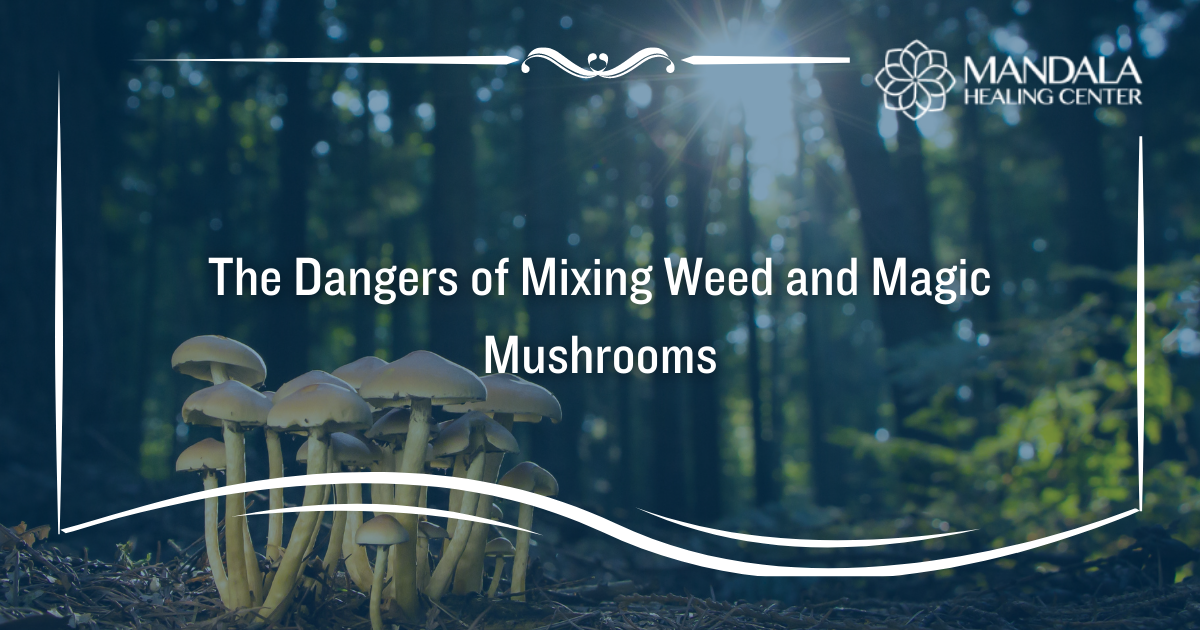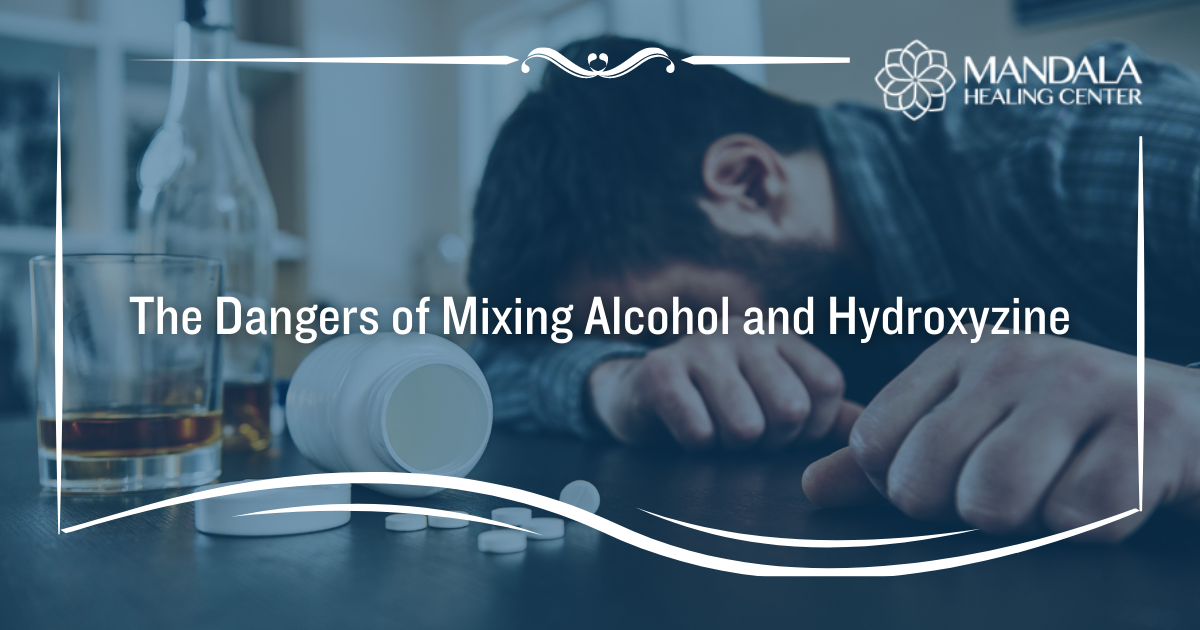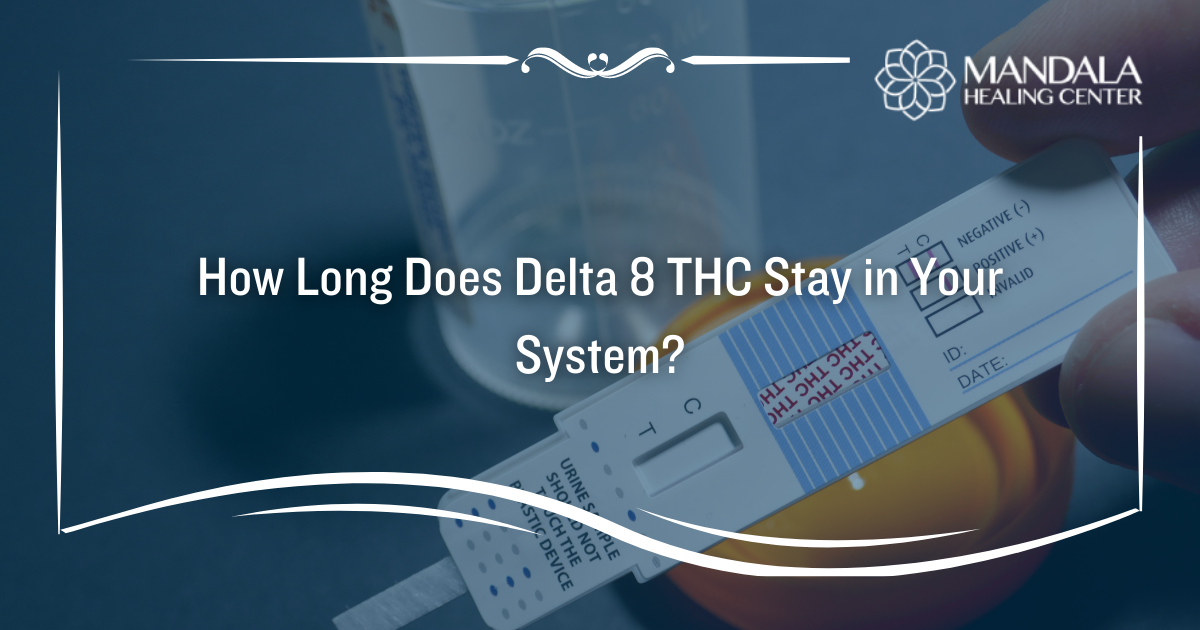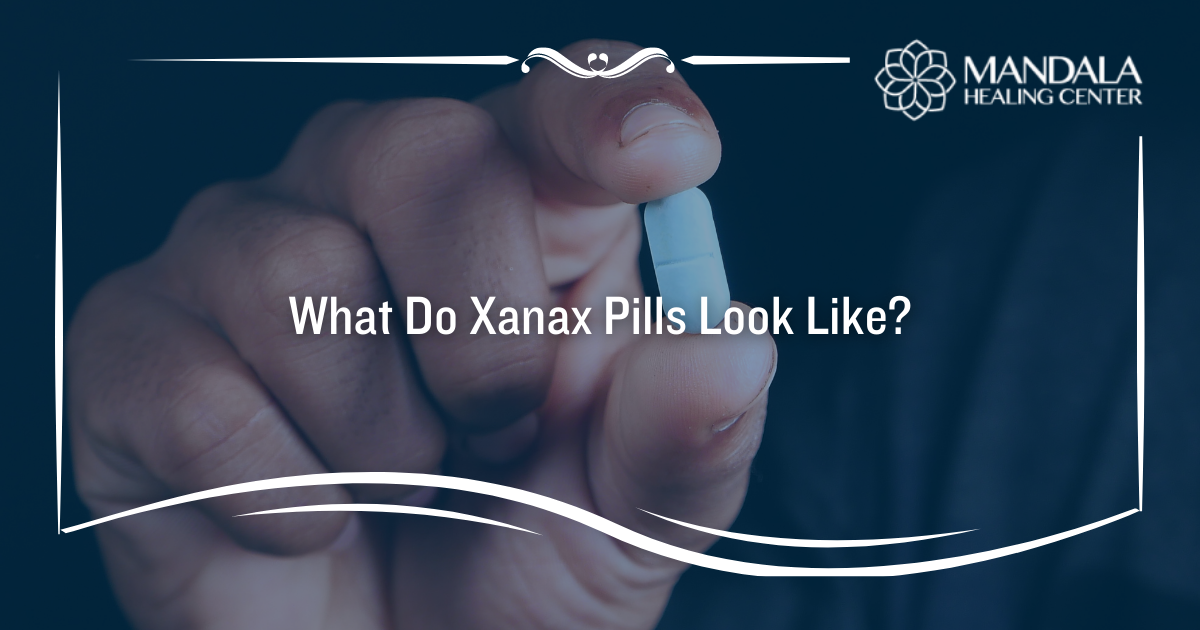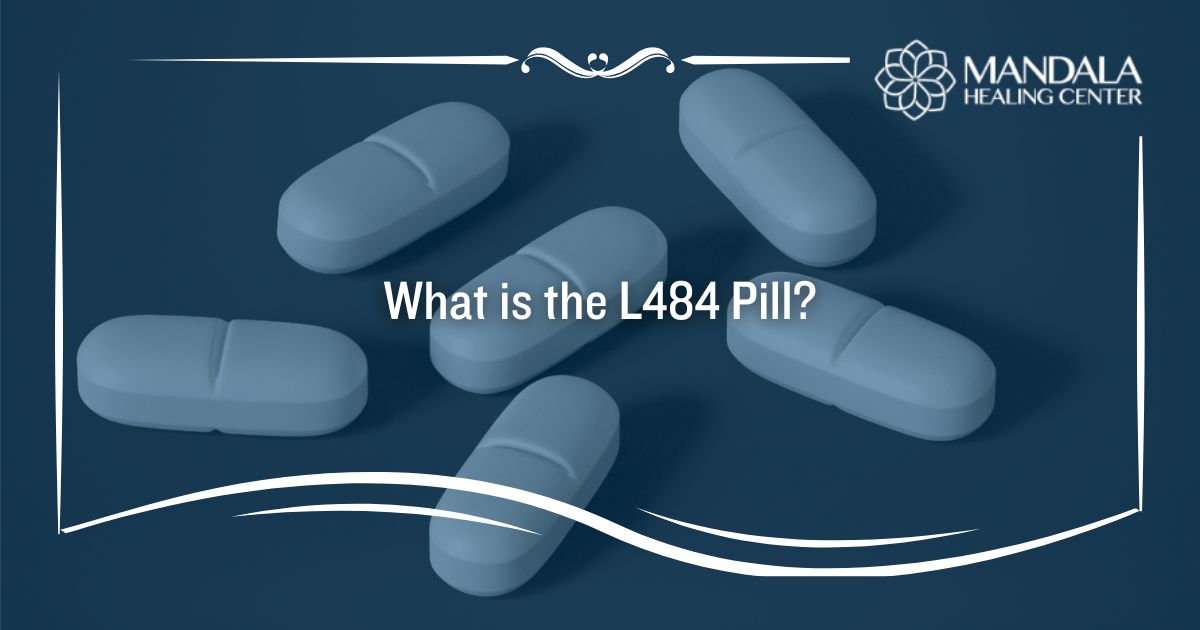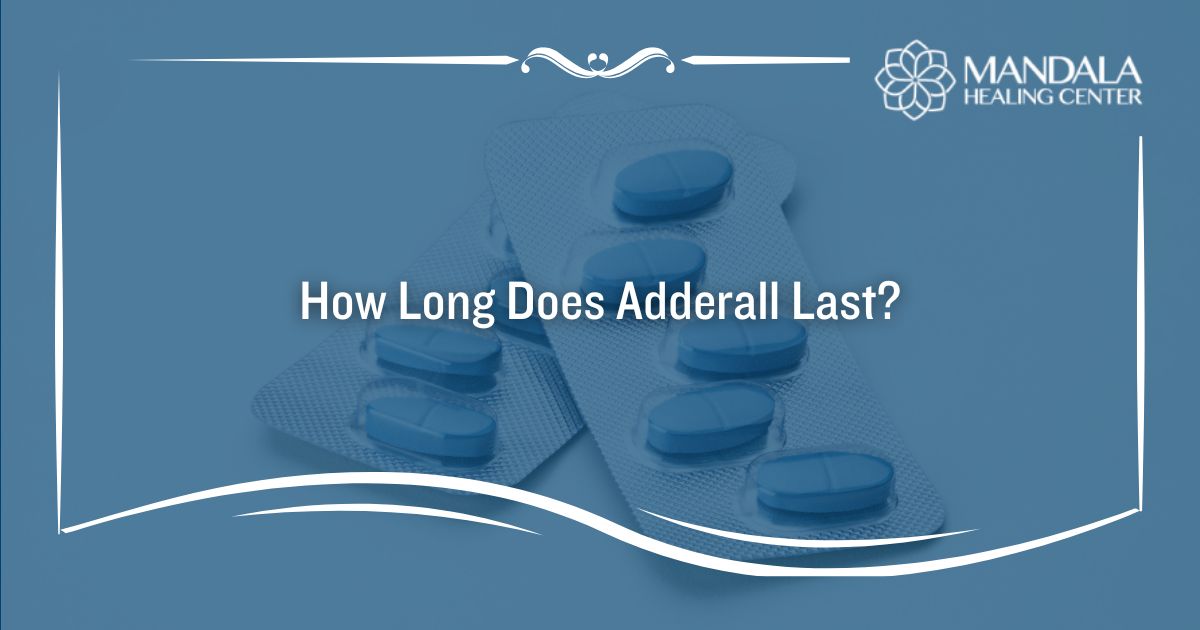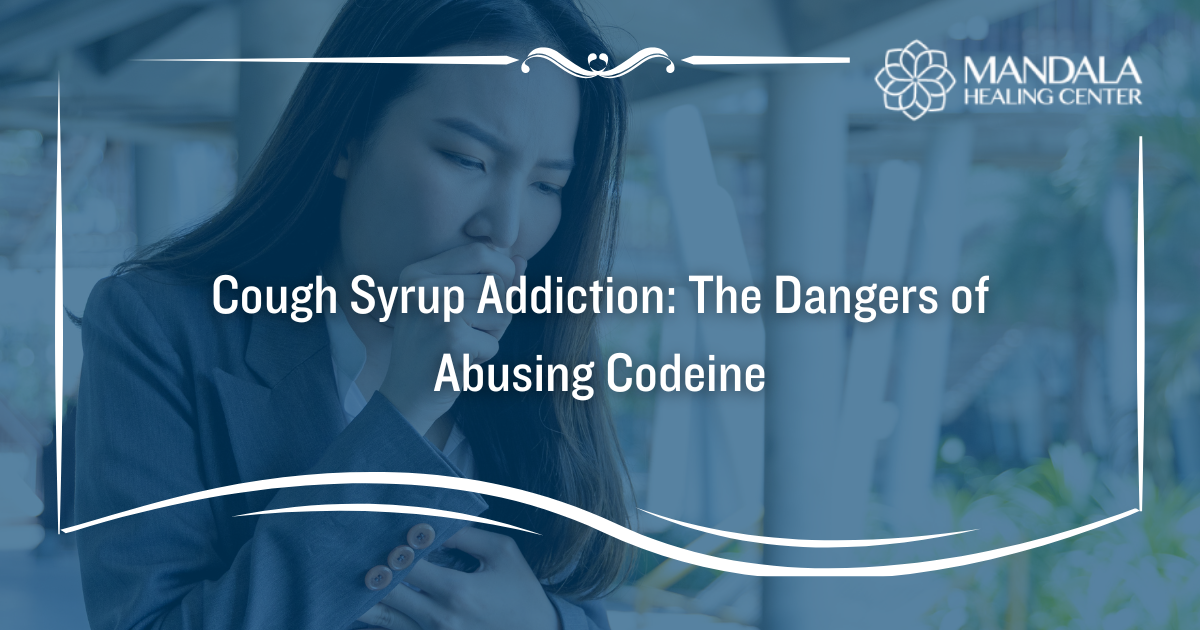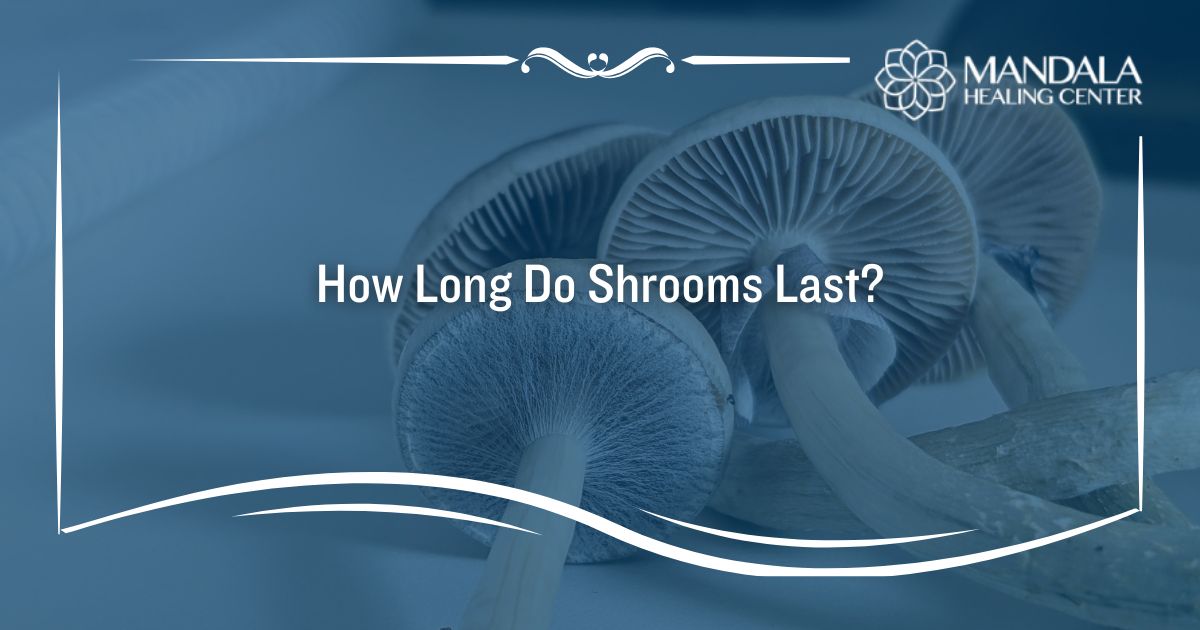Addiction recovery requires so much more than clearing drugs and alcohol from the body – it also involves healing the mind and spirit from the devastating effects of substance abuse. Unfortunately, discussing personal issues and past trauma can be scary, and many people struggle to open up completely with their peers and their therapist during rehab. These individuals may prefer a nonverbal form of therapy and healing rather than the traditional talk-therapy approach. People who are hesitant to discuss sensitive issues may benefit from participating in art therapy during addiction treatment.
What is Art Therapy?
Art therapy is a form of holistic psychotherapy that promotes self-expression through the use of artistic mediums such as painting, drawing, and sculpting. It is used both in therapeutic settings and to aid in mental health diagnoses. This approach is said to help people manage unhealthy behaviors, process feelings productively, increase self-esteem, and reduce stress and anxiety.[1]
While traditional psychotherapies require patients to discuss topics with their therapist or peers, art therapy is a more personal and expressive approach that allows patients to work through their challenges in a nonverbal manner. Art can provide patients with a safe place to communicate ideas, express feelings, and cope with challenges without being forced into conversational methods.
Art therapy can help with a variety of different conditions, including, but not limited to:
- Schizophrenia
- Post-traumatic stress disorder (PTSD)
- Attention-deficit hyperactivity disorder (ADHD)
- Drug or alcohol dependence
- Grief and loss
- Depression
- Bipolar disorder
- Anxiety
- Autism
- Dementia
- Cancer
- Traumatic brain injury
Art can also be helpful in counseling for people who struggle with anger or have been the victim of trauma.[1] Whenever memories or emotions are too painful to confront in a direct manner, artistic expression can help.
Types of Art Therapy
Art therapy encourages people to use their creative abilities and imagination to express their emotions in productive and healthy ways. However, there are many ways people can express themselves through art. Art can be thought of as a form of communication, and there are many different languages of artistic expression that can be used in therapy. Some of the most popular types of art therapy used in addiction treatment include:
- Drawing
- Painting
- Sculpting
- Dancing
- Acting
- Playing music
- Writing
- Poetry
In addition to various types of art mediums, there are three different techniques that are often used in art therapy. These are:
- Active imagination – Patients begin by examining artwork before allowing their minds to roam, making free associations. Therapists use these associations to promote introspection and the discussion of feelings.
- Gestalt method – Therapists work directly with patients to help them work through current feelings, thoughts, and experiences. Artwork is often used to introduce a deeper conversation or to allow the patient to explain his or her thoughts/feelings by describing the artwork.
- Third-hand approach – In this approach, the therapist assists the patient in producing art and resolving deeper issues.
Applying Art Therapy to Addiction Recovery
As early as the 1950s, art therapy was used to help treat addiction and alcoholism. Today, it is still widely used as a complementary approach to addiction treatment. When combined with behavioral therapy, counseling, and peer support, art serves as a non-confrontational and personal outlet for people to express their emotions, work through challenges, and become more accepting to help.
While both traditional therapy and art therapy can promote better coping skills and communication, art therapy is a great way to help people in recovery from addiction explore aspects of their past or present that they are not able to put into words or fully understand. Art can also be applied in a group therapy session to allow patients to use art to grow closer with their peers and develop meaningful relationships.
Benefits of Art Therapy in Addiction Treatment
It isn’t always easy to put difficult emotions, traumatic events, or intrusive thoughts into words. It can be even more difficult to explain those thoughts, feelings, or events. However, art therapy provides a free and non-judgmental platform for people to express themselves and explore their innermost thoughts.
There are many ways art therapy can benefit the addiction treatment process, such as:[2]
- Reducing feelings of stress, depression, and anxiety
- Promoting self-reflection and self-awareness
- Boosting self-esteem
- Reducing problematic behaviors
- Helping to resolve emotional or internal conflict
- Improving social skills
- Working through trauma and PTSD
- Developing social skills
Art can also become a useful coping strategy that people can use to deal with future challenges in recovery.
Explore Art Therapy At Our West Palm Beach Addiction Treatment Center
Art therapy empowers patients to explore their thoughts and emotions in non-destructive ways. It can help patients express difficult feelings, cope with stress and anxiety, and overcome past traumas that need to be addressed in order to achieve long-term sobriety. Many patients who struggle with exploring and addressing personal issues in group or individual therapy sessions can benefit from this approach.
At Mandala Healing Center, our holistic approach combines art therapy with other evidence-based addiction treatment therapies to provide patients with a comprehensive and “whole-person” approach. We can help you or a loved one get healthy, stay healthy, and live a fulfilling life. To learn more about our drug and alcohol treatment programs or to get help today, pick up the phone and call now.
References:



